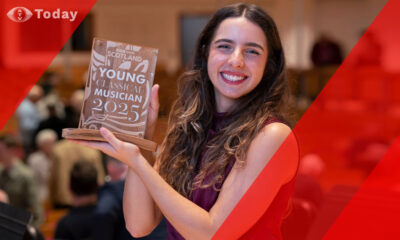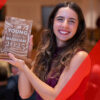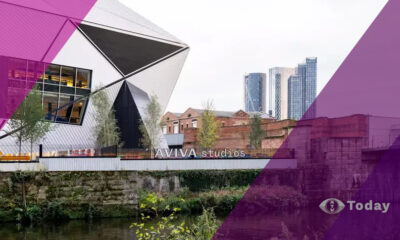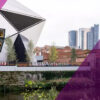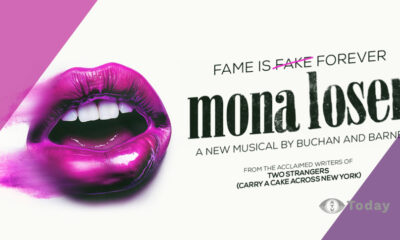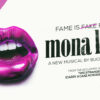80 years after BBC Television first went on the air BBC Four is recreating the first live transmission.

In a unique experiment, Dallas Campbell, Professor Danielle George and Dr. Hugh Hunt join forces in an attempt to re-stage the very first official broadcast on British Television, exactly eight decades after it made history.
The very first official live broadcast on British Television came from Alexandra Palace, pictured in 2011 above, on 2nd November 1936 – but there are no surviving recordings. To find out just what went on, this 21st century team will attempt to piece back together and recreate every aspect of the show from scratch, from the variety acts to the cameras, using the original technology and filming techniques to capture the excitement of the day.
It’s not going to be easy. At the dawn of TV, two rival camera technologies competed live on air to take control of the fledgling industry. The system that went first on opening night was a seven-feet tall mechanical monster built by John Logie Baird’s company. It was called the ‘Flying Spot’ and at its heart was a huge steel disc spinning almost at the speed of sound – meaning mechanical engineer Hugh Hunt had better be careful as he attempts to resurrect it.

Doctor Hugh Hunt, Dallas Campbell, Professor Danielle George with the performers and technicians of the recreation broadcast. Centre stage is 91 year old Lily Frier, who performed at Ally Pally 2 months after the BBC began transmission.
Meanwhile, Professor Danielle George will find out how the rival and highly experimental all-electronic camera system had problems of its own. As they prepare for broadcast, the team will discover a story of cogs and gears, electron beams and dancing girls – and one mad night that, for better or worse, helped invent television as we know it.
Scottish engineer John Logie Baird undertook a number of television broadcasting tests with on October 2nd 1925, Baird successfully transmitting the first television picture with a greyscale image. The subject of the broadcast was the head of a ventriloquist’s dummy nicknamed “Stooky Bill”. Other experiments included ‘widescreen broadcasting’ which involved the use of a cinema screen on Tottenham Court Road and early, not for public broadcast, colour transmissions, which notably saw actress, and later ITV presenter, Noele Gordon the first woman to be seen in colour on a colour screen. The test saw Noele trying on different coloured hats.
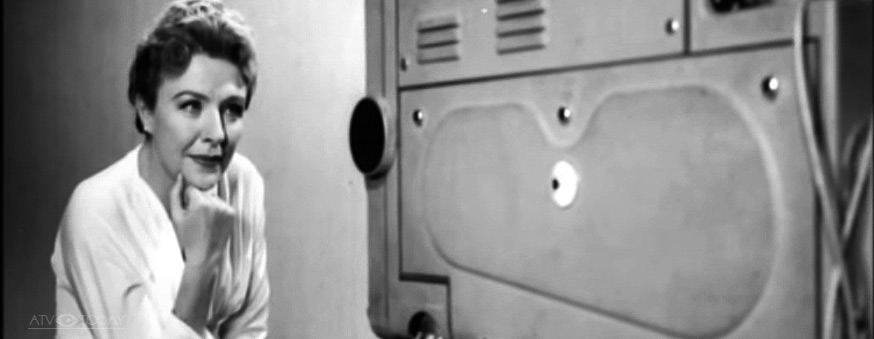
Noele Gordon in front of a TV camera recreating her pioneering television tests pose for ATV in the 1950s.
To mark 80 years of television in the UK, GoCompare.com has put together The Changing Faces of the BBC – an interactive guide that walks viewers through the history of the the beeb, allowing an exploration of its evolution with key historical points in time, as well as showcasing how it has changed to reflect as well as shape British culture.
80 years of BBC TV schedules have been analysed to build up a picture of its evolution; from trends in drama, news, comedy, sport, film, to patterns in lifestyle, children’s and factual programmes. Has kids’ TV died? Is drama in crisis? Has the BBC ‘dumbed down’? The interactive guide allows anyone to tour the corporation’s history by flicking through the channels and percentage of hours or hours broadcast per year from when it all began in 1936 to present day.
Television’s Opening Night: How The Box Was Born airs tonight, Wednesday 2nd November, from 9pm




